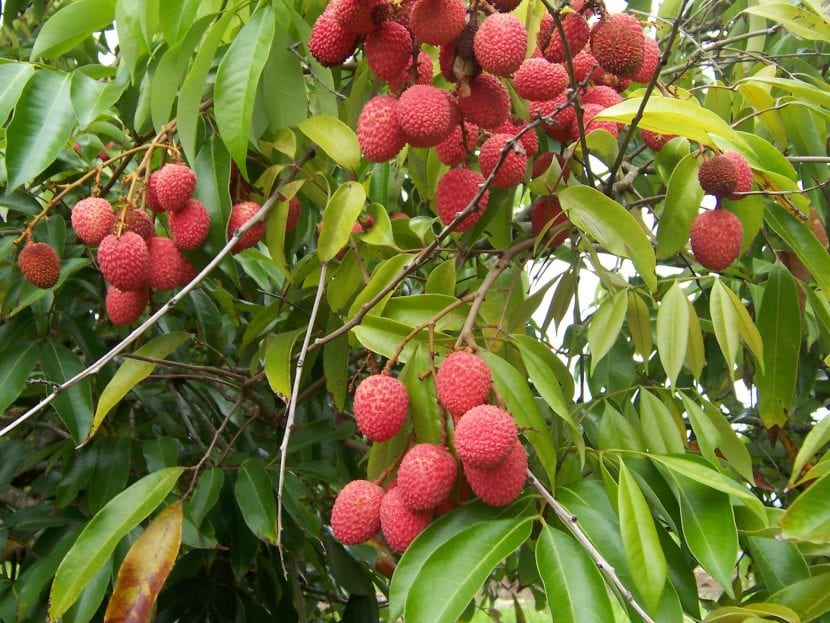
El lichi It is one of the most interesting tropical fruit trees: it produces fruits that are edible, but also very decorative. In addition, it gives very good shade and is easy to care for. But do you know the best? Which despite its origin is able to withstand some cold, which is why it can be grown in warm or temperate-warm climates.
So if you want to know all its secrets, don't miss this special article.
Origin and characteristics
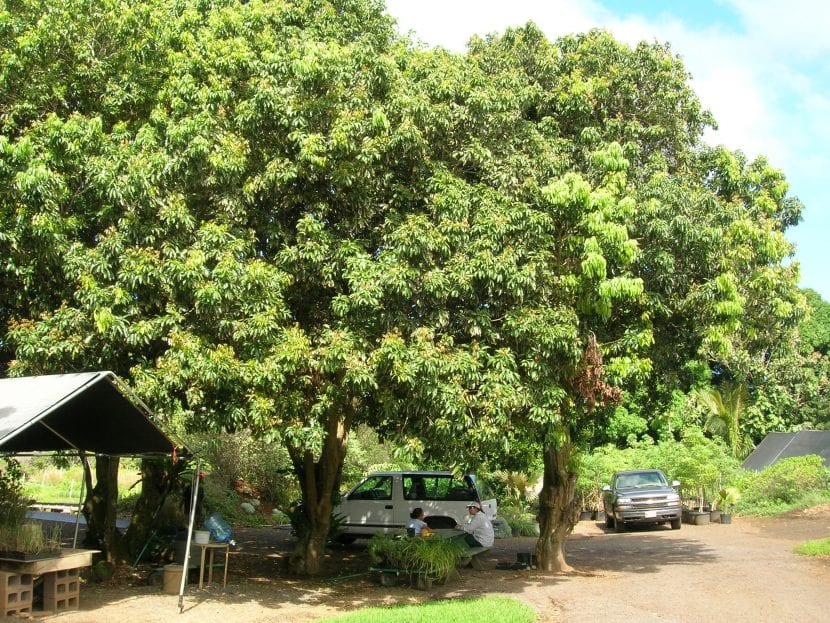
The lychee, whose scientific name is litchi chinensis, is an evergreen tree native to southern China, southern Indonesia, and eastern Philippines. It is popularly known as Chinese plum, lychee, Chinese mamonchillo. Reaches a height of 15 to 20 meters, with a crown composed of lanceolate leaves, green in color and with a very marked central nerve.
The flowers are greenish-white or yellowish, and can be hermaphroditic or male. The fruit (which is actually a false fruit) is a drupe that is 3-4cm long and about 3cm in diameter.. The outer part -epicarp- is red in color and is easily removed. The pulp is white, sweet and rich in vitamin C. Each fruit contains a single seed.
Subspecies
Three are known:
- Litchi chinensis subp. chinensis: grows in southern China, northern Vietnam and Cambodia.
- Litchi chinensis subsp philippensis: grows in the Philippines.
- Litchi chinensis subsp javensis: grows in Malaysia and Indonesia.
What are their cares?
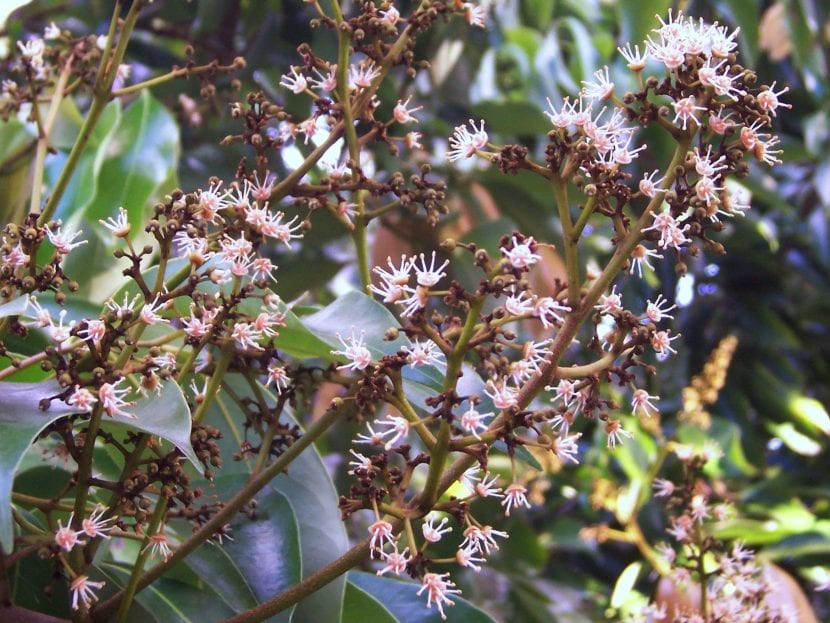
If you want to have a copy, we recommend that you provide it with the following care:
Location
Lychee is a tree that should be placed outside, in full sun. It is also important that it is at least 4-5 meters away from other tall plants, paved floors, pipes and others.
Earth
It can grow in all types of soils, but prefers those that are fertile and have good drainage. It is not a suitable plant to have in a pot.
Irrigation
Frequentespecially during the summer. You have to water about 3 times a week during the hottest time of the year, and every 3-4 days the rest of the year. In the case that we live in an area where it usually freezes, the frequency of irrigation in autumn-winter should be less.
If an average annual fall of 1600 mm and rainfall is distributed throughout the months of the year, it will not be necessary to water.
Subscriber
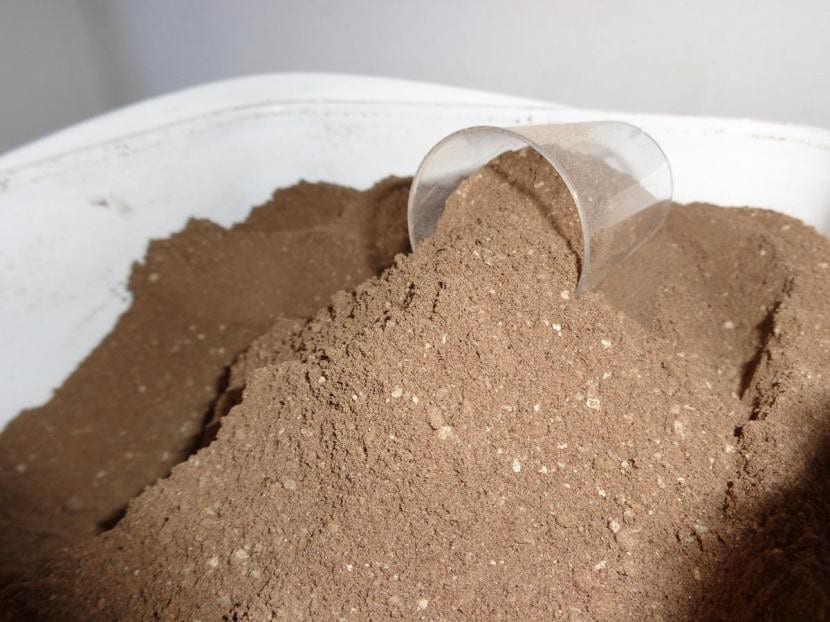
It is important to fertilize throughout the growing season, that is, from the beginning of spring to the end of summer / beginning of autumn, since otherwise it would normally take longer to bear fruit. But you do not have to pay with just any product, but with organic ones, such as guano, compost u others.
We will put a good handful around the trunk, so that there is a layer of about 3cm, and we will mix it a little with the earth, using a hoe (hand hoe). We will repeat once a month or every month and a half.
Multiplication
Lychee multiplies by seeds in spring. The step by step to follow is as follows:
- First, we have to eat some fruits (ideally 10, so that there is a better chance that several will germinate), of course 🙂.
- Afterwards, we clean the seeds well with water and put them in a glass, also with the precious liquid, for 24 hours.
- The next day we fill a seedling tray with universal growing substrate (you can buy it here).
- Then, we put this tray inside another that does not have holes, and we water it conscientiously.
- Next, we place a maximum of two seeds in each socket, and we cover them with a thin layer of substrate.
- The next step is to water, this time with a sprayer, to wet the surface of the substrate.
- Finally, we will introduce a label to which we will have previously written the name of the plant and the sowing date, and we will place the trays outside, in semi-shade.
Thus, will germinate after a few days (4-5), and they will begin to bear fruit from 8 or 9 years of age.
Pruning
No need to prune. You just have to remove the dry, diseased, weak or broken branches.
Harvest
The fruits are collected when they are completely red.
Pests
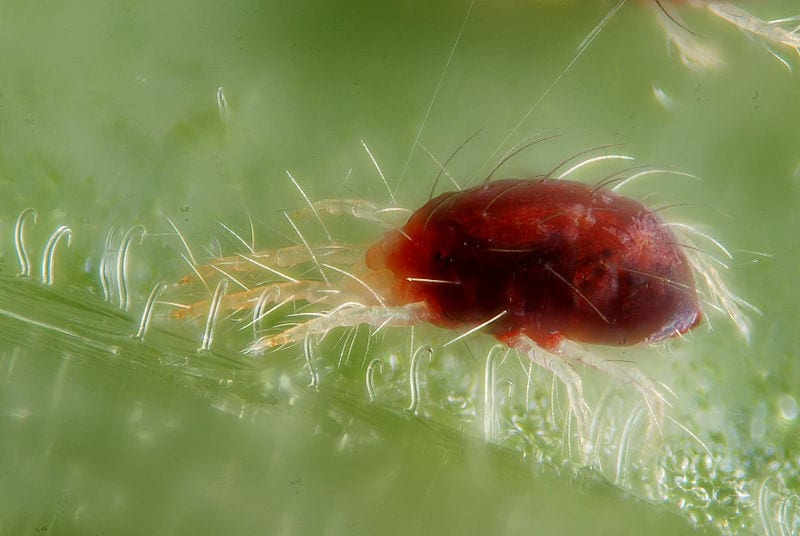
It can be affected by the following:
- Fruitfly: makes holes in the skin of the fruits. Learn more.
- Aphids: they feed on the most tender leaves. More information.
- Drills or borers: they dig galleries in the branches.
- Red spider: feeds on the cells of the leaves. More information.
- Bed bug with bright red markings: it feeds on the sap of young branches, which causes its death.
They are fought with specific insecticides.
Management
If it is watered in excess it can be affected by mushrooms. The symptoms are:
- Root rot.
- Stains on the leaves.
- Premature fall of leaves and / or fruits.
- Growth arrest.
They are fought with fungicides based on copper or sulfur.
Rusticity
As we anticipated at the beginning, the lychee is a tree that supports some cold. In fact, It can be grown outdoors as long as the temperature does not drop below -2ºC.. These frosts have to be punctual and of short duration; that is to say, they must be one of those in which they are produced but immediately rise to 10ºC or more, since otherwise the plant will not survive.
Young specimens need protection, for example with a anti-frost mesh or have them in greenhouses.
Uses
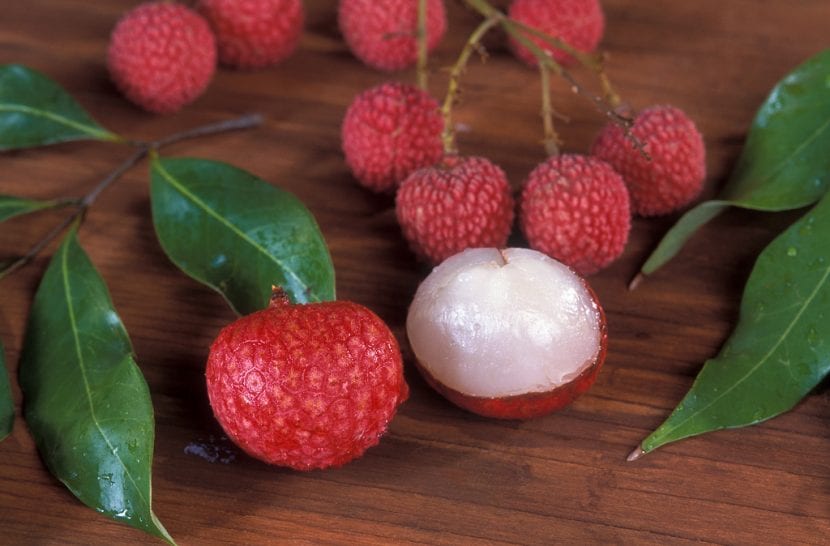
Apart from its use as an ornamental plant, lychee is used above all for its culinary and medicinal uses:
Culinary
It can be consumed as a dessert, or as a snack. Its nutritional value per 100g is as follows:
- Calories: 75kcal.
- Water: 82g
- Carbohydrates: 16,5g
- Proteins: 0,85g
- Fat: 0,45g
- Fiber: 1,3g
- Sugars: 15,22g
- Vitamins: rich in vitamin C, folic acid, vitamin K, and vitamins B1, B2, B3, B5 and B6.
- Minerals: contains potassium, calcium, iron, magnesium, phosphorus, copper and zinc.
Medicinal
Lychee it is used to take care of the heartas it helps reduce the risk of having a heart attack or other heart problems. Likewise, it is highly recommended that people with high blood pressure consume it, since it is rich in potassium and low in sodium.
Finally, it is useful to strengthen the immune system due to its high content of vitamin C.
What did you think of this tree? Did you know him?
Excellent article. Thanks.
We are glad you like it 🙂